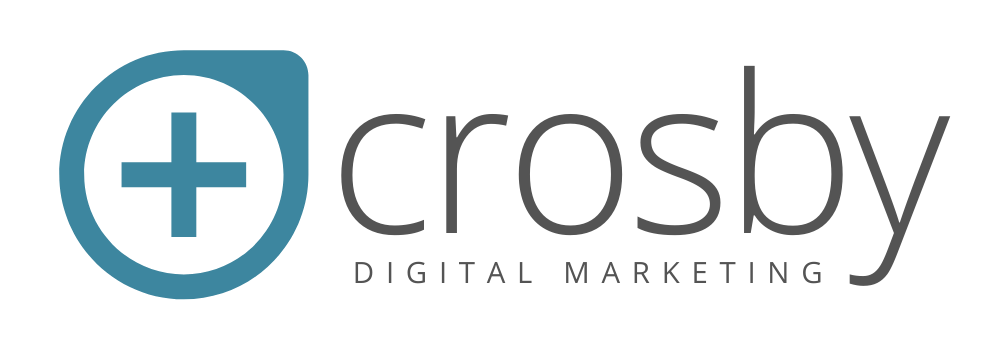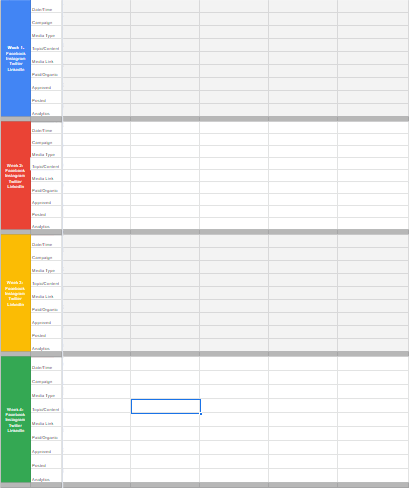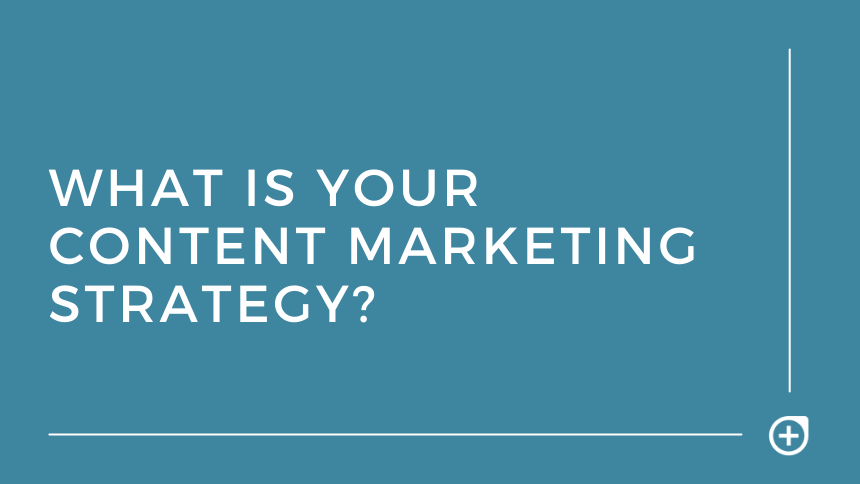6 Steps to Creating a Content Calendar for Small Businesses
A Guide to Organizing a Social Media Calendar

Chances are if you are reading this, you do the social media for your company. Professional social media accounts are different from personal ones. I have no problem putting content on my personal account. Cute kid? Check! Dog selfie? Check! Local restaurant recommendation? Posted! But the process can feel more daunting when I sit down and post consistently for my business. In some ways that’s completely appropriate. I have much bigger goals for my professional social media channels. I want to maintain the attention of current and potential clients. I don’t want to post too much, but if I don’t post enough I could fall off their radar. What posts will work? What posts will flop? What do I want to accomplish? Are my posts helpful? The questions just keep coming.
Why should a small business have a social media content calendar?
A content calendar takes a lot of the guesswork out of social media posting.
Helps focus on goals and helps spot gaps
Your social media posting should have a goal in mind. If you are posting just to post, then you will never know if your social media is working. I will use Crosby Digital Marketing (this company!) as an example. Our goal in formulating a content calendar is to drive traffic to this website and to generate leads. If I have a purpose in mind before I sit down to plan out content, then my content is going to be more clear and will accomplish my goal. I can also look over my editorial calendar over the next few weeks and spot gaps. If I notice potential clients are asking about a service more than others, I need to include content that includes this service. If I am crafting social media posts everyday I can’t see the strategy. It really helps to see your content all together in one place.
Social media content calendars save time for small businesses
Content calendars might seem like a great idea, but maybe you think you don’t have time for this as a business owner. I would argue that they are actually less time- consuming than posting individual social posts every day. If you were to sit down and do this for a few hours, you would get into a rhythm. A lot of social media work can be batched. You would feel so much more organized, and you could actually focus on your social media strategy. Social media for your company won’t feel so haphazard. When you work more efficiently as a business owner, you are freeing up your most important asset-- time.
Higher quality posts
Ever feel rushed? On the surface, social media can feel very simple. A lot of times business owners put it last. If you are creating a content calendar, you are prioritizing your marketing and social media strategy. This will result in higher quality posts.
Planning helps you see big things ahead
Recently we helped an accounting firm with their content calendar. Their industry has a natural ebb and flow due to things like tax season. A content calendar can help you see the big things ahead, and help you plan for quality posts that capture your customer’s attention when they are looking for you.
Reduces mistakes
Finally, a content calendar is going to reduce huge mistakes that can come from doing social media at the last minute. You will be able to spot issues because you will actually have time to look over your content. It is also much easier to tweak and adjust to changes that come to your business. It can also become more collaborative because it is organized enough to be delegated.
Ok. So now that you have been persuaded, let’s get to work...
Here are the 6 Steps Small Business Owners Should Take to Create a Social Media Calendar.
1.Audit social media.
Do an inventory on your social media. What are you doing right? Can you define your audience? Is it the audience that you want? What was your most successful post? What was your least successful post? Why do you think that is? Which social channels are working for you? Do you think you should be on others as well?
2. Develop a content strategy that includes a content ratio
You need to develop a content strategy. This is a little different from establishing social media goals, but they are connected. For example, if your social media strategy is to generate leads that translate into customers, what type of content will lead to this? A ratio often helps people get started with this. An example of one might be 80% informative to the viewer, and 20% that are going towards leads- generating.
Let’s talk about how this looks. Recently, we talked with a contractor. He was posting amazing content on social media by showing his followers his process of remodeling houses. His content is 100% useful to those that follow him. But he often lacked a call to action. This is where he will generate leads. If 100% of his posts are lead- generating, then his organic followers will become annoyed and unfollow him. But because his content is useful and interesting, people are organically following his business. If he retargets his messaging a small percentage of the time to include types of projects he would like to perform for potential clients, his organic followers and those seeing him via ads will feel more inclined to reach out.
If you have a content calendar that includes 20 scheduled posts a month, it is easier to stick to an established ratio like the 80/20 rule. That would mean you are posting 16 informative posts and 4 that are more upfront about lead- generating with a call-to- action.
3. Create a system
Usually this looks like a spreadsheet or a calendar at first. We have taken a lot of the guesswork out of this for you by making one. CLICK HERE TO DOWNLOAD OUR TEMPLATE
A calendar might work well if you are starting simple, but a spreadsheet is really where I would recommend starting. There are also programs out there that you can subscribe to, but as a small business owner I think it is good to start free and upgrade in places that are truly worth it.
Google Doc Content Calendars are great because they can be completely customized to fit what you need. Here are some examples of content components to include in your excel sheet:
- Date, time, and time zone
- Platform and any relevant platform format info
- Copy or text
- Visuals
- Relevant links
- Is it part of a larger campaign? (great place for color- coding)
- Geo- tagging
- Paid or organic?
- If this is a team effort, has it been approved?
- Has it been posted?
- Analytics
4.Get organized (include a place to put ideas as they come in)
It is hard to create something from nothing. There has to be a place that you can quickly dump ideas. For me, I have a folder in my Google Drive. I have Google Drive easily accessible on my phone. If I see something, anything, I put it in the folder. This could be something online or just an idea to jot down. When I sit down to plan, I have something to look through as I draw a blank. Never think that an idea can’t be done, it just might not be the right time for the idea.
5.Set Amounts
At this point, it is important to decide the amount of content you need to generate. What is the best amount for your industry? What is the best amount for the platforms that you are posting from? What is the best time of day for success? Then consult your ratio and divvy up posts under this guiding principle.
6.Craft Posts
Now it’s time to create posts. Hopefully it feels less overwhelming. You have spaces to fill in instead of a blank slate. Don’t forget to use what you already have. Did you write an informative email to a customer recently? Use it as content! Do you have a picture from something you constructed? Use it as content! Is there a question that people keep asking you? Use it as content! The process of creating and organizing content will cause you to always see content in all that you do as a professional.
It’s never too late to focus on an effective digital marking strategy for your business.
Your customers are online. Will they find you? There is a lot that goes into
a robust digital marketing strategy for small businesses. Crosby Digital Marketing helps businesses with
SEO,
website strategy,
search engine marketing (SEM),
Google Ads, and
content strategy. Let’s get started today to get your business discovered where your customers are looking for you.



